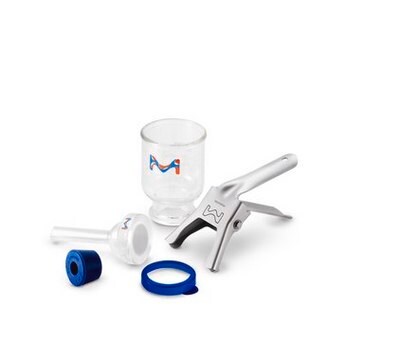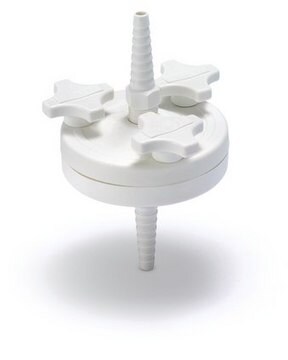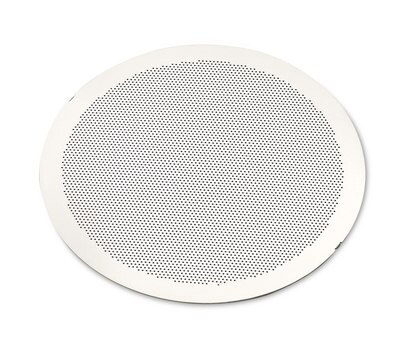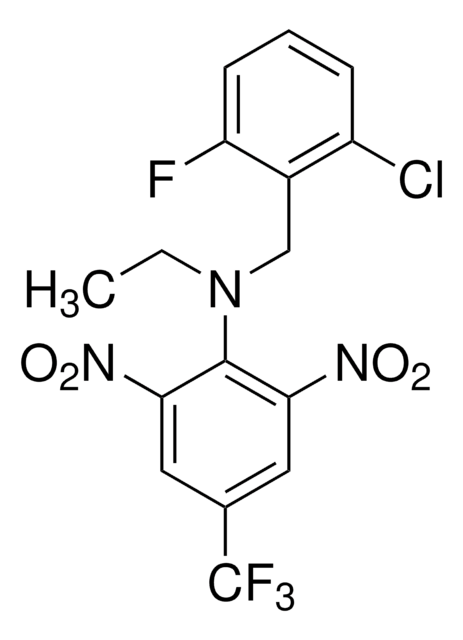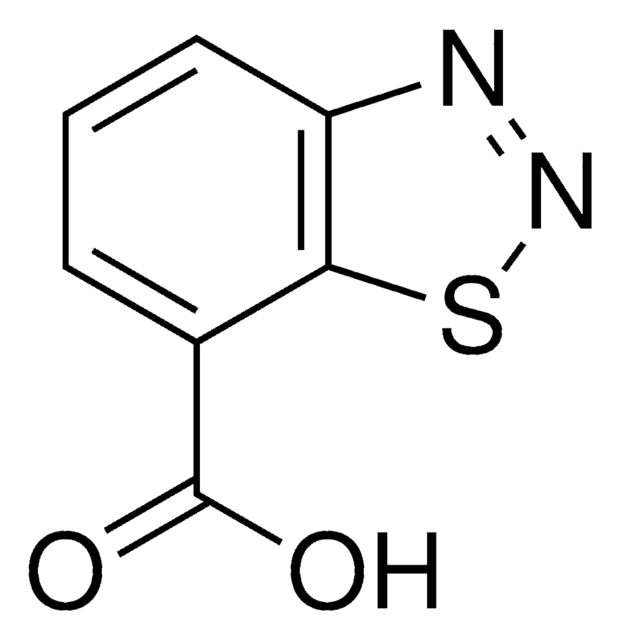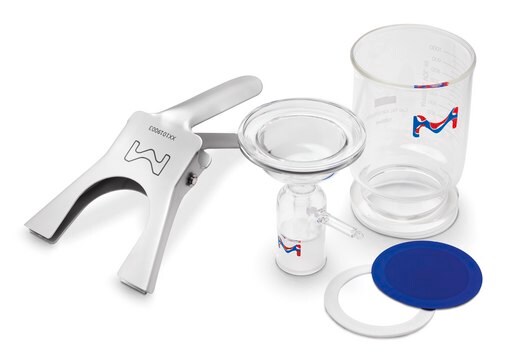Kluczowe dokumenty
33943
Dimepiperate
PESTANAL®, analytical standard
Synonim(y):
S-(1-Methyl-1-phenylethyl)-1-piperidinecarbothioate
About This Item
Polecane produkty
klasa czystości
analytical standard
Poziom jakości
linia produktu
PESTANAL®
okres trwałości
limited shelf life, expiry date on the label
metody
HPLC: suitable
gas chromatography (GC): suitable
Zastosowanie
agriculture
environmental
Format
neat
ciąg SMILES
CC(C)(SC(=O)N1CCCCC1)c2ccccc2
InChI
1S/C15H21NOS/c1-15(2,13-9-5-3-6-10-13)18-14(17)16-11-7-4-8-12-16/h3,5-6,9-10H,4,7-8,11-12H2,1-2H3
Klucz InChI
BWUPSGJXXPATLU-UHFFFAOYSA-N
Szukasz podobnych produktów? Odwiedź Przewodnik dotyczący porównywania produktów
Opis ogólny
Zastosowanie
- Shellfish using gas chromatography coupled to tandem mass spectrometry (GC/MS/MS).
- Rice paddy fields using quick easy cheap effective rugged safe (QuEChERS) method combined with gas chromatography coupled to mass spectrometry (GC-MS).
Informacje prawne
Nie możesz znaleźć właściwego produktu?
Wypróbuj nasz Narzędzie selektora produktów.
Hasło ostrzegawcze
Warning
Zwroty wskazujące rodzaj zagrożenia
Zwroty wskazujące środki ostrożności
Klasyfikacja zagrożeń
Acute Tox. 4 Oral - Aquatic Chronic 2
Kod klasy składowania
11 - Combustible Solids
Klasa zagrożenia wodnego (WGK)
WGK 3
Temperatura zapłonu (°F)
Not applicable
Temperatura zapłonu (°C)
Not applicable
Środki ochrony indywidualnej
dust mask type N95 (US), Eyeshields, Faceshields, Gloves
Wybierz jedną z najnowszych wersji:
Certyfikaty analizy (CoA)
Nie widzisz odpowiedniej wersji?
Jeśli potrzebujesz konkretnej wersji, możesz wyszukać konkretny certyfikat według numeru partii lub serii.
Masz już ten produkt?
Dokumenty związane z niedawno zakupionymi produktami zostały zamieszczone w Bibliotece dokumentów.
Nasz zespół naukowców ma doświadczenie we wszystkich obszarach badań, w tym w naukach przyrodniczych, materiałoznawstwie, syntezie chemicznej, chromatografii, analityce i wielu innych dziedzinach.
Skontaktuj się z zespołem ds. pomocy technicznej